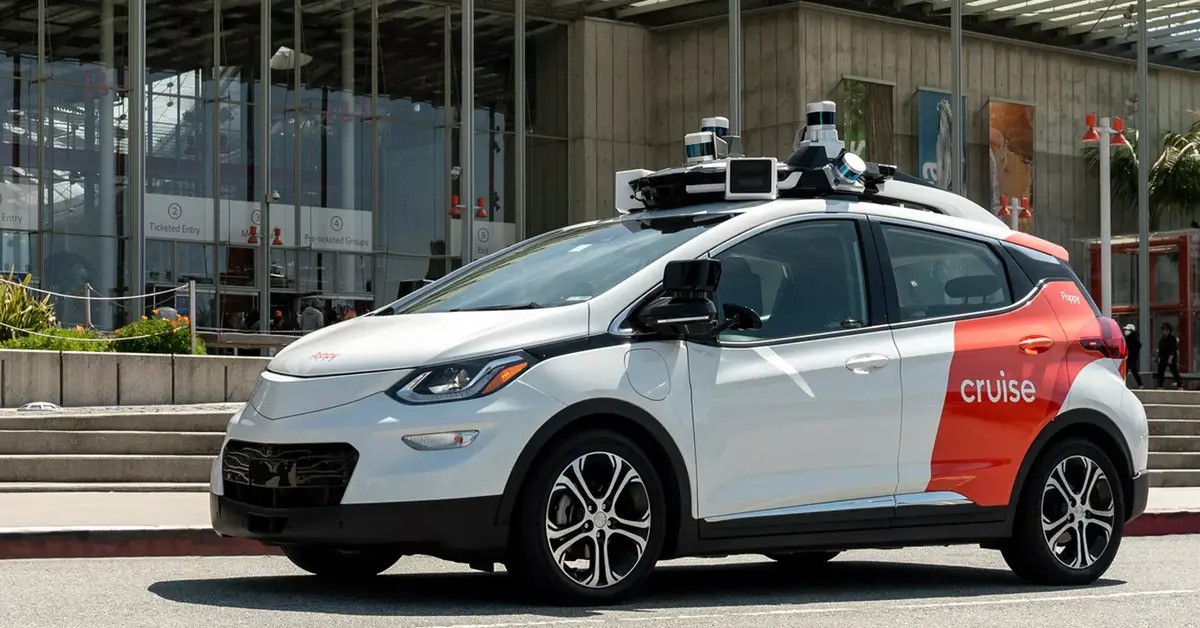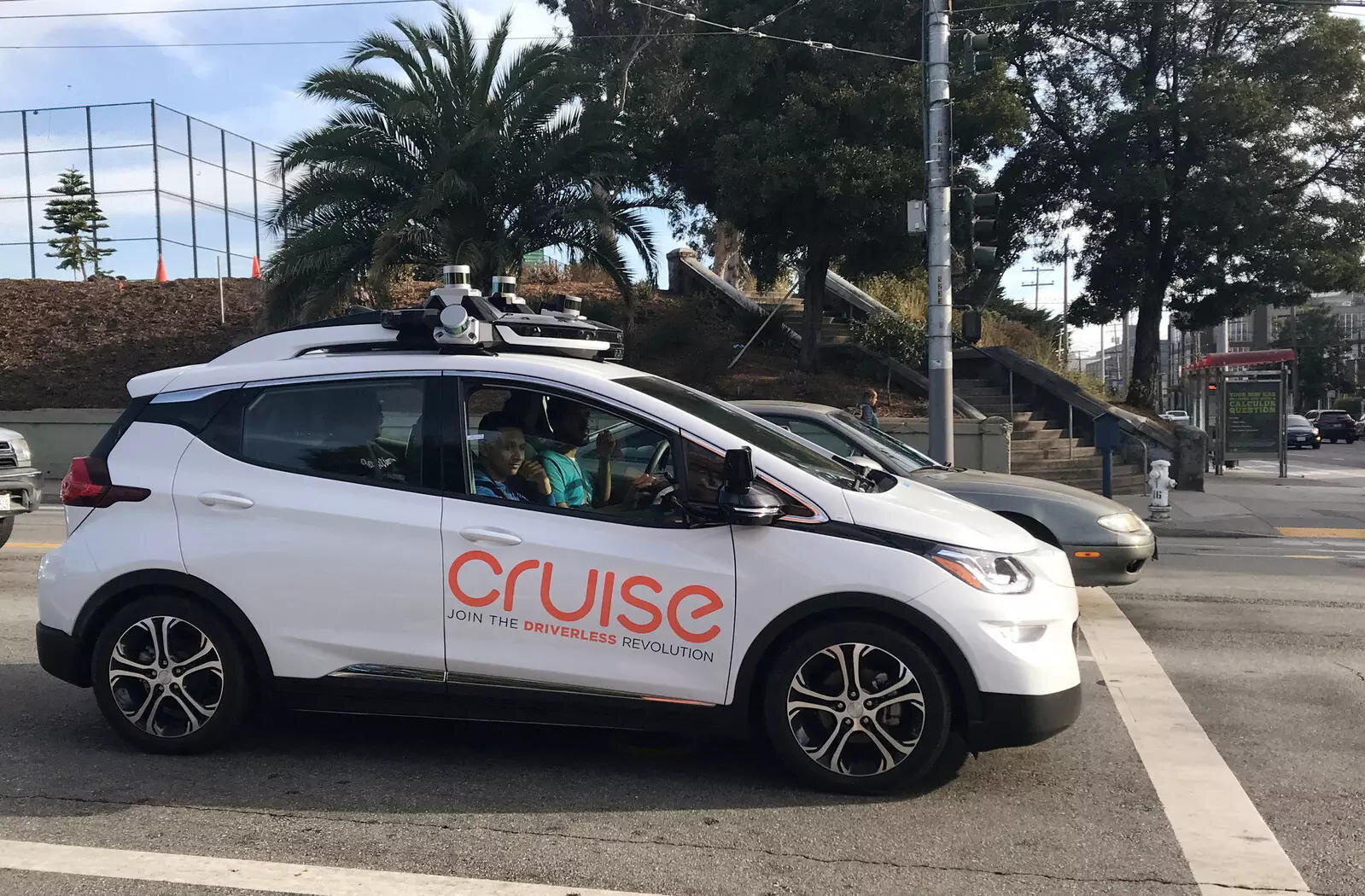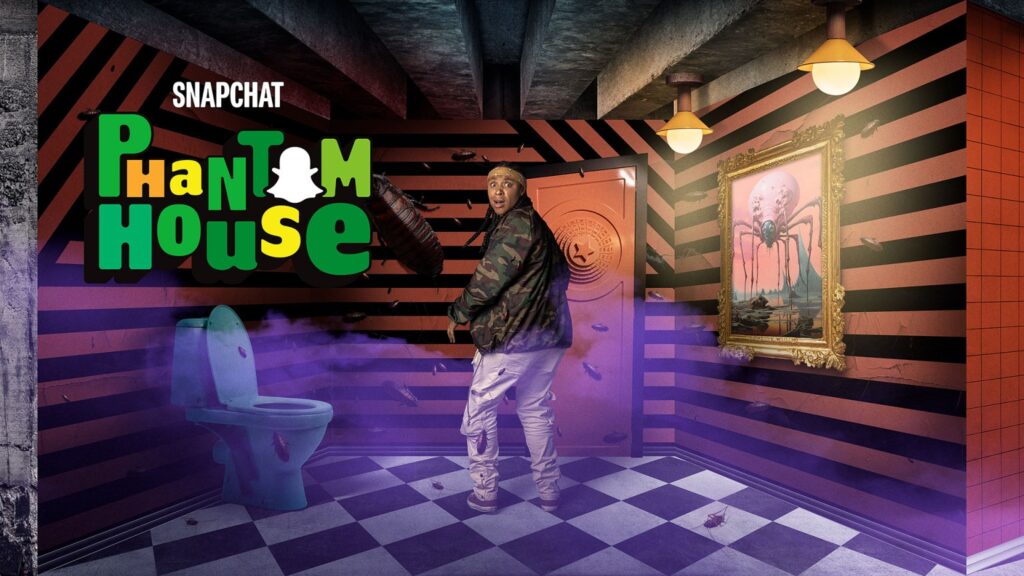Remember when self-driving cars were just a pipe dream in cheesy sci-fi flicks? Well, pinch yourself, because starting next year, you might find yourself hailing a robot chauffeur. The future of ride-sharing is about to get a whole lot more interesting. Uber, the Ride-share giant has announced an ambitious plan to integrate Cruise autonomous vehicles into its platform in 2025. This bold collaboration signifies a major leap toward the widespread adoption of self-driving technology. Let’s delve into the details behind this dream collaboration.

A Revolutionary Partnership in Transportation
With a ‘dedicated number’ of Chevy Bolt-based autonomous vehicles set to join Uber’s fleet, riders will soon have the opportunity to experience a new mode of urban transportation. Once this service is initiated, Uber riders may receive an option to fulfill their ride requests with a Cruise autonomous vehicle. This innovative approach promises to redefine the way passengers experience mobility in urban settings, combining convenience with cutting-edge technology.
Expanding the Autonomous Landscape
Cruise has already began supervised autonomous driving operations in key cities including Phoenix, Houston, and Dallas. Furthermore, Uber has continued testing its driverless technology in Dubai, further expanding the geographic scope of autonomous vehicle deployment. Marc Whitten, CEO of Cruise, articulated the vision behind this partnership, stating, “Cruise is on a mission to leverage driverless technology to create safer streets and redefine urban life.”

The collaboration aims to bring the benefits of safe, reliable, autonomous driving to a broader audience, unlocking a new chapter in urban mobility. Uber’s CEO, Dara Khosrowshahi, echoed this sentiment, emphasizing the company’s role in facilitating the safe introduction of autonomous technology: “As the largest mobility and delivery platform, we believe Uber can play an important role in helping to safely and reliably introduce autonomous technology to consumers and cities around the world.”
Navigating Challenges and Ensuring Safety
However, the journey toward integrating autonomous vehicles has not been without its challenges. Recently, Cruise concluded a nearly two-year investigation by the National Highway Traffic Safety Administration (NHTSA) regarding ‘hard braking’ issues with its products. The outcome required recalling nearly 1,200 robotaxis to implement software updates aimed at enhancing the vehicles’ perception capabilities. Moreover, the company has faced scrutiny since October 2023, with ongoing investigations by the Department of Justice and the Securities and Exchange Commission following an incident in San Francisco where a robotaxi struck and dragged a pedestrian.

Despite these setbacks, recent research published in The New Scientist suggests that autonomous vehicles may be statistically safer than those operated by humans, albeit with some exceptions in specific lighting conditions and maneuvers, such as turning. This finding provides a glimmer of optimism as the industry navigates the complexities of autonomous technology.
A New Era of Urban Mobility
The alliance between Uber and Cruise marks the beginning of a revolutionary period in urban transportation. Ride-sharing services will soon incorporate self-driving vehicles, making travel more convenient and cutting-edge. Although obstacles exist, the potential advantages of improved safety and efficacy in urban mobility are substantial. As 2025 approaches, it becomes clear that the future of transportation centers on autonomy, and the Uber-Cruise partnership is poised to lead this transformation.



